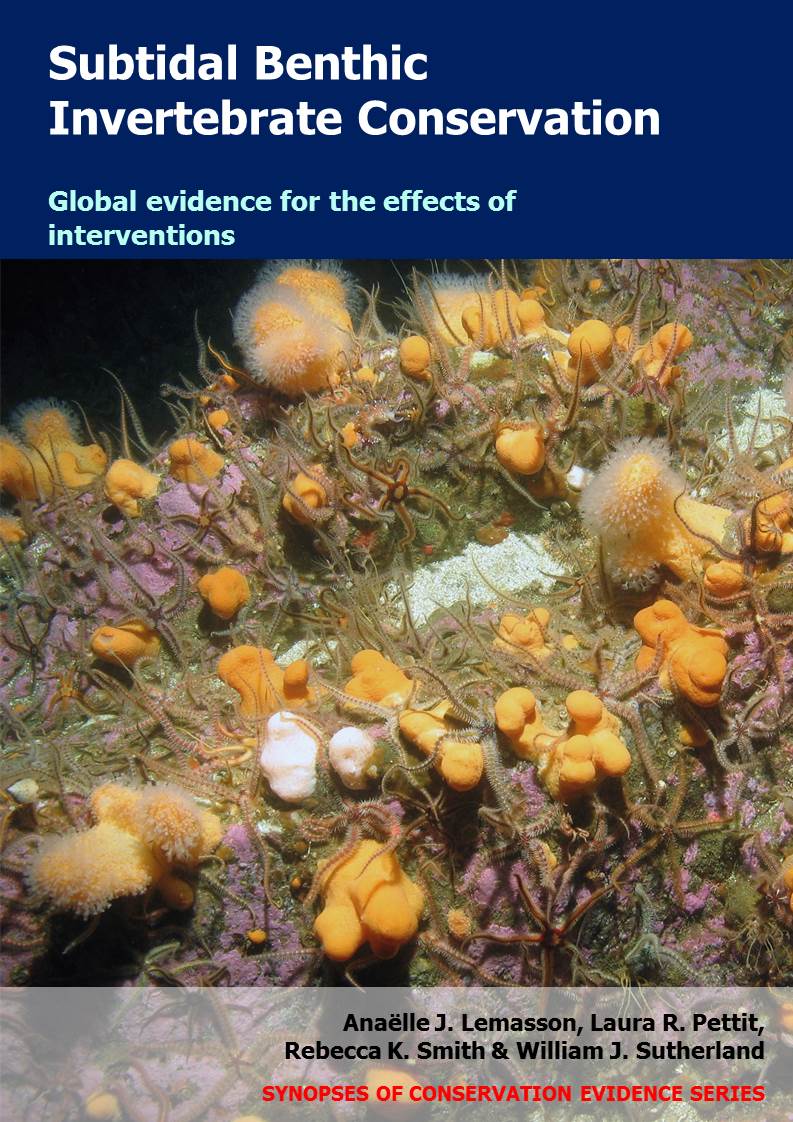Translocate species - Translocate crustaceans
-
Overall effectiveness category Unknown effectiveness (limited evidence)
-
Number of studies: 1
View assessment score
Hide assessment score
How is the evidence assessed?
-
Effectiveness
75% -
Certainty
24% -
Harms
0%
Study locations
Supporting evidence from individual studies
A study in 2005–2007 in one area of rocky reef off the coast of southeastern Tasmania, Tasman Sea, Australia (Green & Gardner 2009) found that two years after southern rock lobsters Jasus edwardsii were translocated, their survival was similar to that of resident lobsters. Survival of translocated lobsters was 96–98% after two years, similar to resident lobsters (98%). In 2005, lobsters were translocated from a site where lobsters grew slowly to a site inside a marine reserve where resident lobsters grew faster. Survival was monitored for two years. Lobsters (n=1,998) were caught in the slow-growth site using baited pots, tagged, and kept in flow-through tanks with ambient seawater until release into the new site 2–3 days later. At the surface, batches of 50 lobsters were released into a net connected to a cage on the seabed. After 24h, all lobsters were released. Lobsters residing in the fast-growth site (2,668 in total) were tagged and monitored for comparison. Translocated and resident lobsters were resampled nine times using 20–60 baited pots. A mark-recapture model based on the number of recaptured tagged lobsters (457 translocated and 797 resident lobsters in total) was used to estimate percentage survival.
Study and other actions tested
Where has this evidence come from?
List of journals searched by synopsis
All the journals searched for all synopses
This Action forms part of the Action Synopsis:
Subtidal Benthic Invertebrate Conservation





)_2023.JPG)














